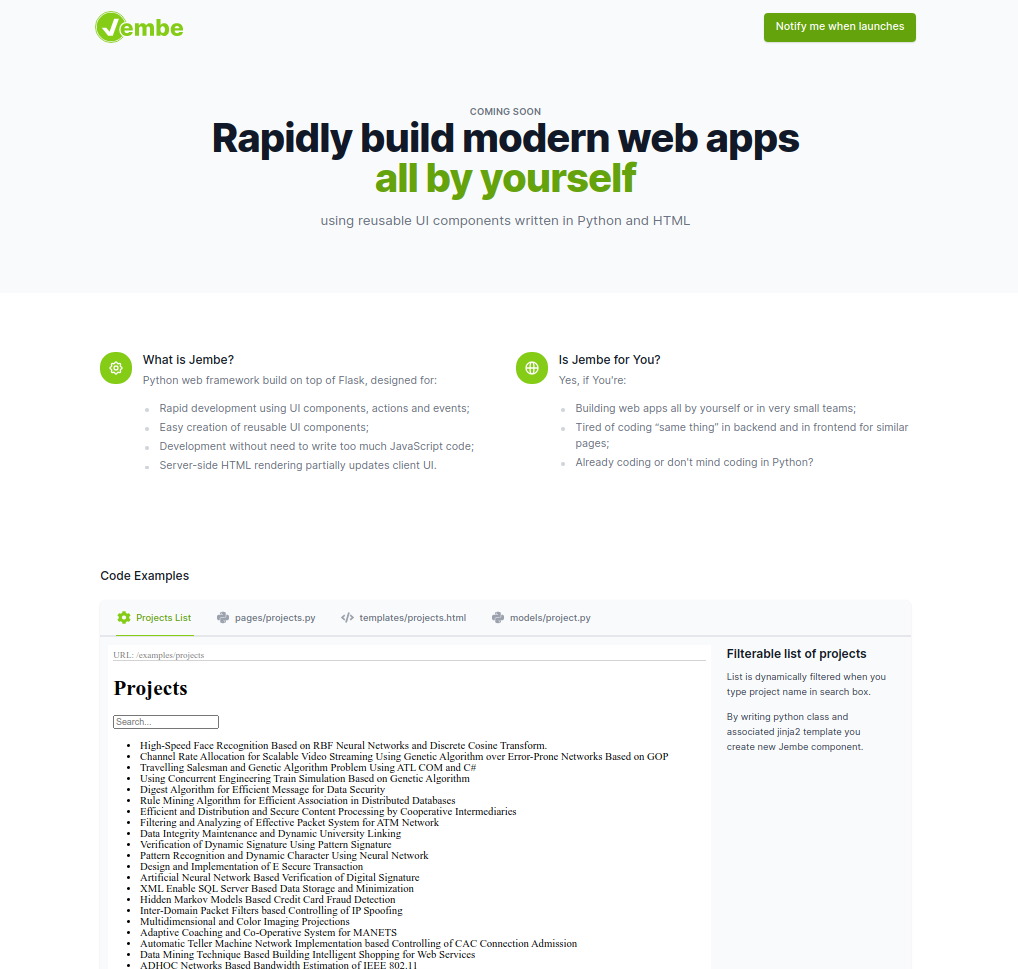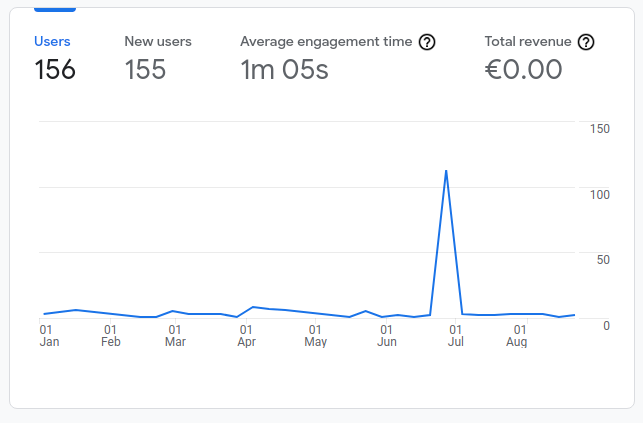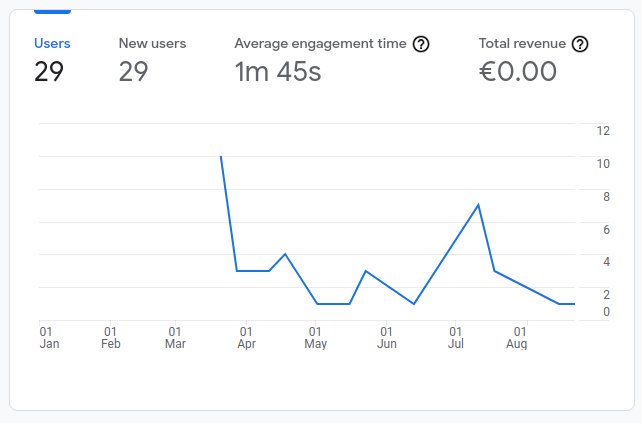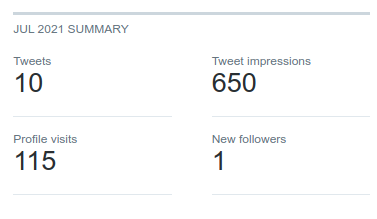Ignorant Programer doing Digital Marketing
This is a story about how I lose belive that “A decent product will attract prospects by itself and naturally convert visitors to users.”.
I started to do “digital marketing” after building what I was thinking is a decent website for the future product, by:
- Tweeting about building product;
- Writing posts on personal blog;
- Running Google ads for a short time to bring traffic to the product website;
 |
|---|
| A “Decent” looking website for future product |
The results of all efforts above are depressing.
- I got ten followers on tweeter after four months of tweeting;
- I got two subscribers to the newsletter (and one is my friend who wanted to support me);
- I got two followers on GitHub;
All in all, the conversion rate is well below 1% percent.
 |
 |
|---|---|
| Google analytics for jembe.io | Google analytics for peranp.me |
 |
 |
|---|---|
| Twitter analytics for peranp | Google Ads analytics |
My conclusions so far are:
- There is no feedback when doing digital marketing. You can only look at statistics and try to figure out what’s going on;
- When average organic traffic is less than one visitor per day, a statistic is useless;
- It’s useless to use Google ads before you get decent organic traffic and conversion rate;
- The only way to improve marketing material is to watch your friends, coworkers, and random people interacting with it;
- Tweeting one or two times per week is not enough;
- Tweets must be way more useful or interesting to readers;
- Blog post must be published regularly and must be interesting or useful;
What I need to do:
- Step up my game and tweet at least once per day;
- Write more content on the blog, at least once per week;
- Write interesting or informative content as much as possible but prioritize developing writing habit and posting regularly;
- Implement the following changes to the jembe.io website and see how it will perform:
- Instead of using examples to gradually introduce the framework, use one example representing the real potential and benefits of the framework. (After reading details about technical implementation, a friend want to explain to me how it can’t work with examples in a different context trying to achieve different goals);
- Better explain who should use the framework and for what purpose;
- Better explain when you should NOT use Jembe;
- Better explain the benefits of using Jembe instead of other frameworks.
- Add follow me on GitHub call to action instead of signup for the newsletter.
All conclusions above can be completely wrong, the time will tell.
Lots of work to do, and I can’t wait to see the result.
Time to write(1h 30min)